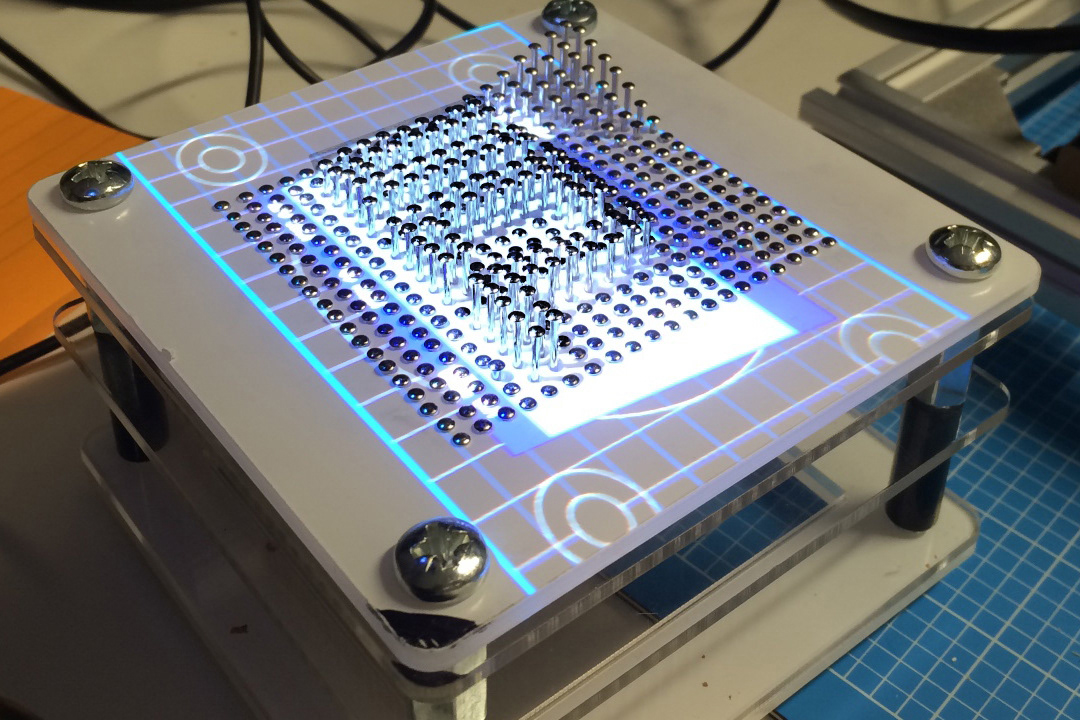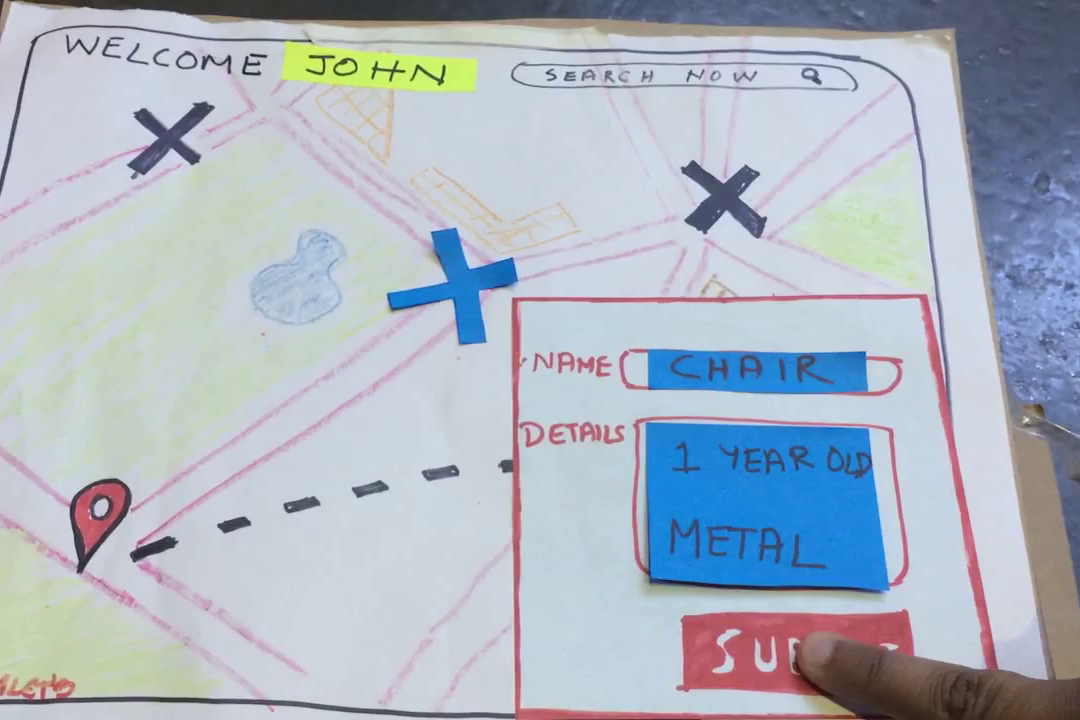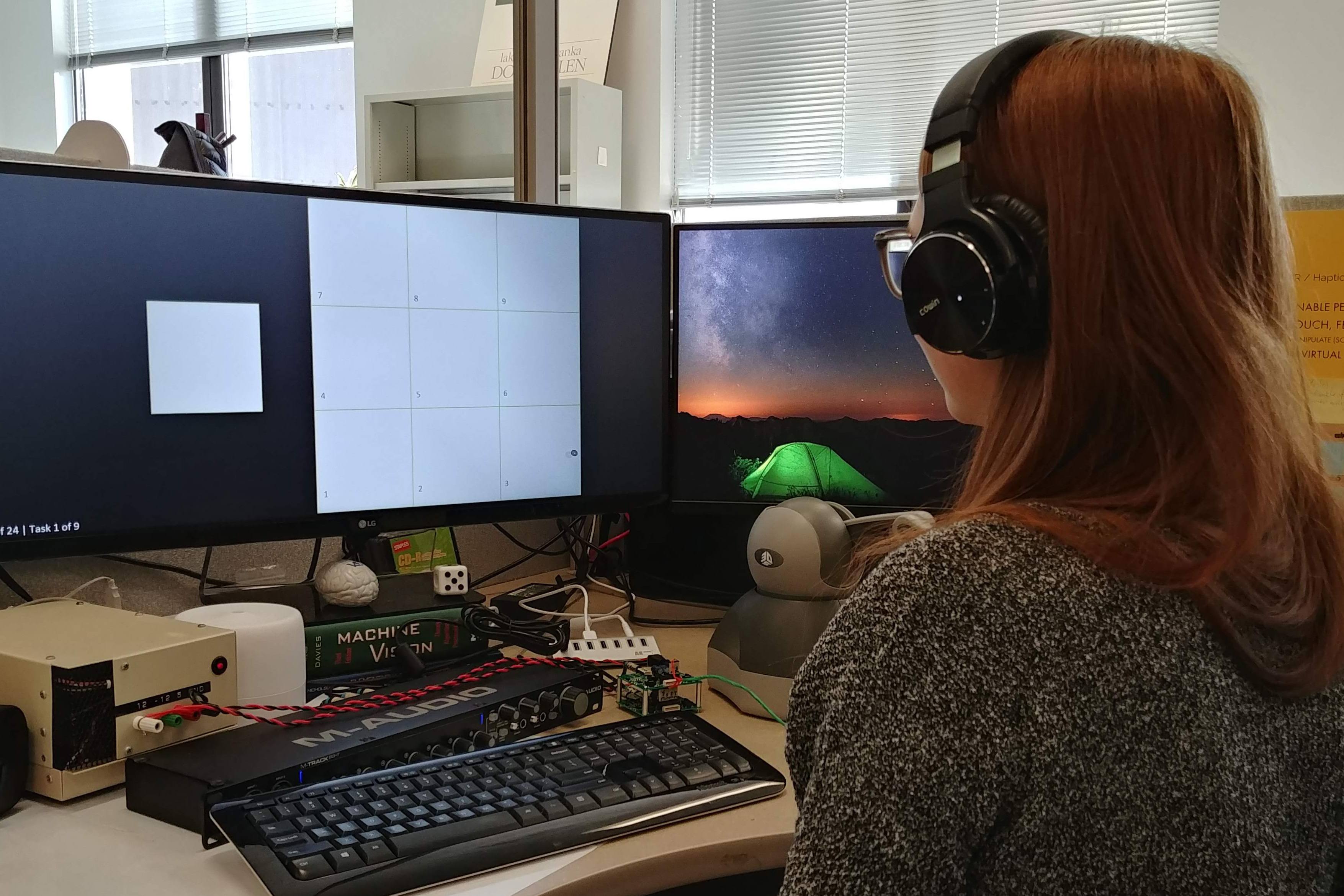Motivation
Modern day ambulatory electrocardiography devices or holter monitors are quite heavy and rely on data being stored locally, and transferred at a later stage. Procedures like holter monitoring are costly and inaccessible to the developing world. With the advent of smartphones and ubiquitous internet access in many regions it's possible to use smartphones as gateway devices to relay real-time ambulatory information.
Process
The key points considered in the design and architecture of the software system was simplicity and cost effectiveness. I was tasked to lead the software development team and produce effective UX designs for the application. We decided to rely on standard common interaction patterns, like Material Design.
Challenges
As the chief software architect of this project, the main challenge was to make this device cost efficient for easier deployment in developing markets. "Every single cent that could be saved should be saved" was the team motto. This lead us to explore software paradigms like micro-services to effectively scale our offerings as well as manage costs.
Value Addition
This project was useful in refining my skills in UX, research, software architecture, development and team management skills.
Rapid prototyping was used to make an early prototype that was showcased at IoT World, Santa Clara, United States
Links









